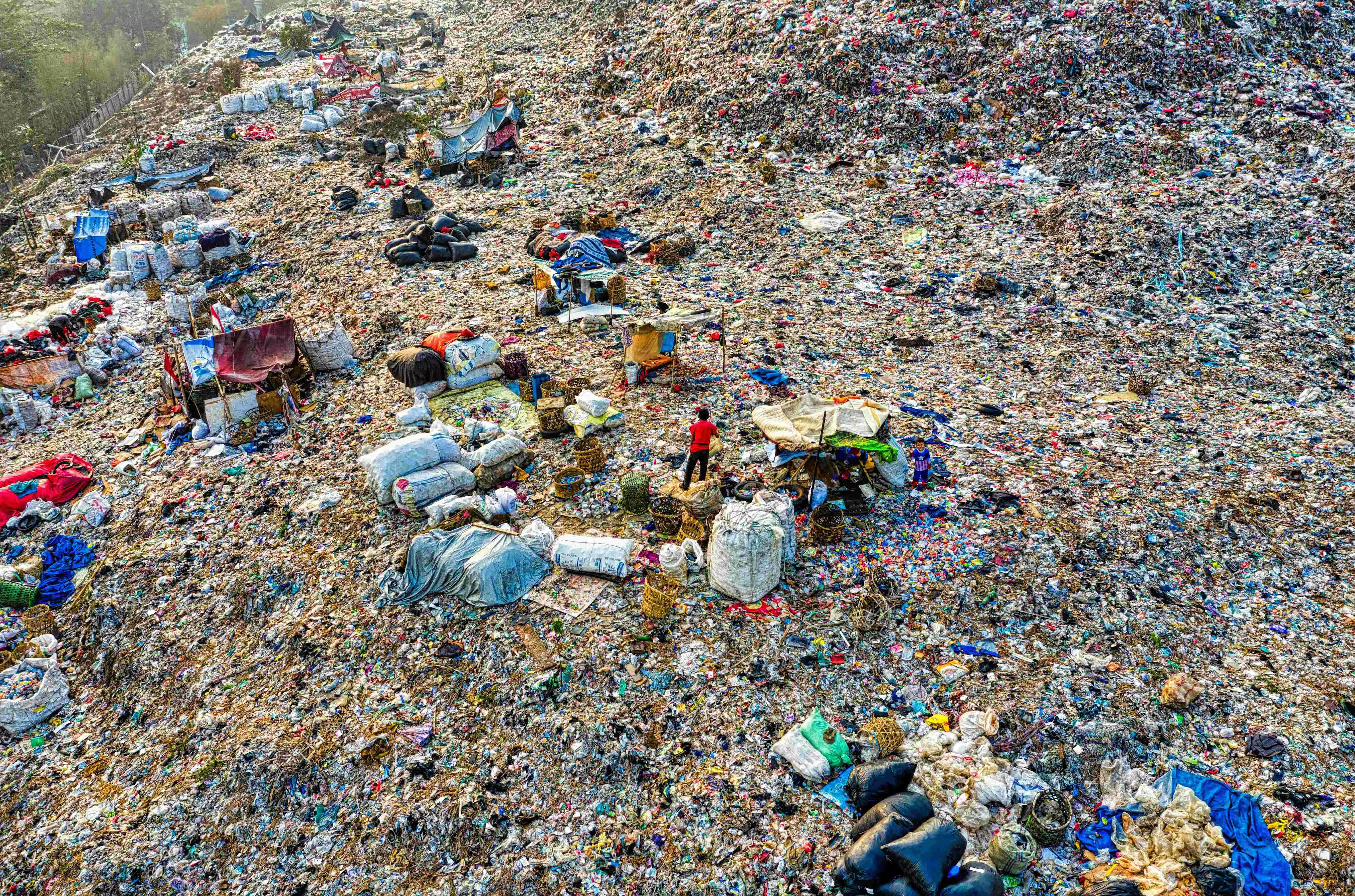New study reveals man-made plastics, buildings could be storing 8.4B tonnes of carbon
Buildings and infrastructure were found to account for the highest stored amounts of fossil carbon (34 per cent)
By Newsmeter Network
Representational Image.
New Delhi: About 8.4 billion tonnes of carbon is estimated to have been accumulated and stored in long-lasting products from around the world made by humans, such as plastics and buildings, between 1995 and 2019, according to a study.
Researchers at the University of Groningen in the Netherlands said this 'fossil carbon' added to the 'technosphere' -- the sum of all human-made objects, both in use and discarded -- equals around 93 per cent of carbon dioxide emissions from around the world in 2019.
They added that the carbon locked up in the 'technosphere' has a huge potential to add to greenhouse gas emissions.
Increasing the lifetime of products and recycling rates are two ways to reduce the amount of fossil carbon entering waste streams, the researchers suggested.
"Over these 25 years (1995-2019), 8.4 billion tons of fossil carbon have accumulated, with approximately 0.4 billion tons added each year, with a huge potential for further contribution to anthropogenic greenhouse gas emissions," the authors wrote in the study published in the journal Cell Reports Sustainability.
Ecological economist and senior author Klaus Hubacek, University of Groningen, said, "We have accumulated more carbon in human-made stuff on the planet than there is carbon in the natural world, but we completely overlook it, and those stocks get bigger and bigger."
"The message is to look at stocks rather than just flows," Hubacek said.
To estimate these stocks, the researchers used publicly available data on inputs and outputs of material from different economic sectors for 2011 -- the only year for which such data exists at the global level.
The team then calculated the amount of carbon flowing in and out of the sectors by using the average carbon content of different products. For example, plastics are estimated to contain 74 per cent fossil carbon on average.
The analysis considered not only final products such as durable plastics and bitumen (used in roads) but also fossil carbon-based feedstocks that are used as intermediate products in different industries, the researchers said.
They found that in 2011, nine per cent of fossil carbon was accumulated in long-lasting products within the technosphere -- and if this were to be emitted as the greenhouse gas carbon dioxide, it would roughly equal the European Union's emissions that year (3.7 gigatonnes vs. 3.8 gigatonnes).
Further, buildings and infrastructure were found to account for the highest stored amounts of fossil carbon (34 per cent).
In terms of the type of products, rubber and plastic products accounted for 30 per cent of the accumulated fossil carbon, followed by bitumen (24 per cent), and machinery and equipment (16 per cent), the researchers found.
The 2011 figures were extrapolated to estimate how much fossil carbon flowed into the technosphere between 1995 and 2019, using monetary data during the time.